Lettuce Thrive Key Tricks
Ultimate Cultivation Guide for Higher Yields & Profits
(Lettuce Thrive Key Tricks) – Master the art of profitable lettuce cultivation with cutting-edge techniques tailored for commercial growers in West Africa, Southeast Asia, and similar climates. This comprehensive guide addresses critical pain points like poor germination, bolting, nutrient deficiencies, and pest management while providing actionable solutions to maximize your yield and profitability.
1 Optimal Growing Conditions & Site Selection
Creating the ideal environment for lettuce is the foundation of a successful harvest. This cool-season crop thrives under specific conditions that, when met, can lead to exceptional growth and uniformity.
1.1 Climate and Temperature Management
Lettuce is a cool-season crop that performs best in temperatures between 60-75°F (15-24°C) . High temperatures can trigger premature bolting (flowering), which renders the leaves bitter and unmarketable. In warmer regions of West Africa and Southeast Asia, consider the following strategies:
Shade Netting: Use 30-50% shade cloth to reduce temperature and light intensity during the hottest parts of the day. This can lower canopy temperature by 5-8°C.
Strategic Planting Times: Schedule planting to avoid the peak heat. In many tropical regions, this means growing during the cooler dry season or in high-altitude areas.
Mist Systems: In greenhouse or high-tunnel production, overhead misting can effectively reduce air temperature and mitigate heat stress.
1.2 Soil Preparation and Health
Well-drained, loamy soil rich in organic matter is ideal for lettuce. Aim for a slightly acidic to neutral pH between 6.0 and 7.0.
Raised Beds: For areas with heavy rainfall or poor native soil, raised beds significantly improve drainage and root zone aeration, preventing rot and disease.
Organic Matter: Incorporate well-decomposed organic matter like compost. This improves soil structure, water retention, and provides a slow-release nutrient source. You can produce this efficiently on-farm using our slow-release organic fertilizer as a compost starter to accelerate decomposition.
Soil Testing: Conduct a comprehensive soil test before each planting season to guide precise amendment and fertilization programs.
2 Advanced Planting Techniques for Maximum Germination
Successful establishment is critical for a uniform crop and predictable harvest.
2.1 Seed Treatment and Sowing
Lettuce seed germination can be inhibited by high temperatures . To overcome this:
Pre-cooling Seeds: Refrigerate seeds for 24-48 hours before sowing to break dormancy and improve germination rates in warm soils.
Shallow Sowing: Sow seeds no deeper than ¼ inch (6 mm), as they require light for optimal germination.
Succession Planting: For a continuous harvest, sow new batches every 7-10 days throughout the optimal growing season.
2.2 Transplanting vs. Direct Seeding
Transplanting: Starting seeds in a controlled nursery environment and then transplanting seedlings is often more reliable than direct seeding, especially in variable climates. It allows for better plant spacing and reduces the initial period of vulnerability.
Hydroponics: For regions with non-arable soil or extreme water scarcity, hydroponic systems offer a high-yielding alternative. Studies show hydroponic lettuce can yield 11 times more per square meter than conventional methods, though it requires more energy . Our 20-20-20+TE water-soluble fertilizer is perfectly formulated for balanced nutrition in hydroponic systems.
3 Precision Nutrition and Fertilization Strategies
A targeted nutrient management plan is essential for high-quality leaf production and preventing disorders.
3.1 Understanding Nutrient Requirements
Lettuce has specific nutrient needs throughout its growth cycle:
Nitrogen (N): Crucial for leaf development and vibrant green color. Deficiency causes stunting and yellowing, while excess can make tissues soft and prone to disease.
Phosphorus (P): Vital for strong root system development early in the growth cycle.
Potassium (K): Important for overall plant vigor, water regulation, and improving stress tolerance.
Calcium (Ca): Critical for preventing tipburn, a common physiological disorder caused by calcium deficiency in rapidly expanding leaves.
Research on lettuce has shown that nitrogen and potassium fertilization have a significant impact on yield and economic returns. Omission of nitrogen and potassium resulted in yield reductions of 7.4% and 6.0%, respectively, and the economic benefits of applying nitrogen and potassium were better, increasing income by 4,500 yuan/ha and 3,465 yuan/ha, respectively .
3.2 Evidence-Based Fertilization Program
A balanced fertilization program is key. Research suggests that while plants need various nutrients, the core macronutrients (N-P-K) are fundamental, and soil testing is the best way to determine specific needs .
Base Dressing: Apply 2 tons per hectare of well-decomposed organic matter (produced with our microbial bio-organic fertilizer) during bed preparation to build soil health.
Liquid Feeding: Begin weekly applications of a balanced, highly soluble fertilizer like our 21-21-21+TE formula one week after transplanting. This ensures a steady supply of readily available nutrients.
Foliar Application: For a quick boost of calcium and micronutrients to prevent deficiencies, apply our amino acid calcium magnesium fish protein liquid fertilizer at a rate of 3-5 L/ha every two weeks. The amino acids act as chelators, greatly enhancing the absorption of calcium, which is otherwise immobile in the plant.
4 Tackling Common Lettuce Production Problems
Proactively managing pests, diseases, and environmental stresses protects your investment and ensures marketable yields.
4.1 Bolting Prevention
Bolting is triggered by high temperatures and long days.
Solution: Select bolt-resistant varieties (e.g., ‘Jericho’ Romaine or ‘Salanova’ types). Ensure plants have consistent moisture and use shade cloth as temperatures rise.
4.2 Tipburn Management
Tipburn is a physiological disorder (not a disease) caused by calcium deficiency in young, rapidly expanding leaves, often exacerbated by fluctuating moisture and humidity.
Solution: Maintain consistent soil moisture through regular, even watering. Implement the foliar calcium program outlined above. Ensure good air circulation in greenhouse environments to facilitate calcium translocation within the plant.
4.3 Pest and Disease Control
Aphids & Caterpillars: Monitor regularly. For organic control, apply neem oil or insecticidal soap. Encourage beneficial insects by planting companion flowers.
Fungal Diseases (Downy Mildew, Powdery Mildew): Prevent with good spacing for air circulation and drip irrigation to keep leaves dry. Apply fungicides as needed at first signs.
Soil-Borne Diseases: Continuous cropping can lead to problems. Our anti-replant microbial inoculant can help suppress pathogens and improve soil ecology. A study showed that amendments like biochar and microbial balls can significantly improve soil health and microbial populations, which can contribute to disease suppression .
5 Innovative Practices: Hydroponics and Bio-remediation
Embracing technology can solve regional challenges and open new opportunities.
Water-Saving Hydroponics: For urban areas or regions with poor soil, simple wick-based hydroponics systems can be built for classrooms or homes , and scaled for commercial production. These systems use far less water than traditional agriculture. Our MKP (0-52-34) and 10-5-45+TE water-soluble fertilizer are ideal for the germination and rapid growth phases in hydroponics, respectively.
Soil Bio-remediation: In fields with a history of pesticide use or soil degradation, amendments like biochar can be highly effective. Research has shown that co-application of biochar and microbial balls can improve soil organic carbon by 15% and drastically reduce herbicide residues while enhancing beneficial microbial populations . Our lignite humic acid powder can be applied to improve soil structure and nutrient retention similarly.
Conclusion: Building a Profitable Lettuce Operation
The key to profitability lies in reducing losses from bolting, tipburn, and disease, and in maximizing efficiency through tools like drip irrigation and potential hydroponic systems. Start with a soil test, choose the right varieties for your season, and don’t underestimate the power of healthy soil—it is the foundation of any thriving farm.
Explore our specialized fertilizers and soil solutions in our online store to build your customized program:
For robust root establishment: 10-40-10+TE Water-Soluble Fertilizer
For rapid growth and green leaf development: 30-10-10+TE Water-Soluble Fertilizer or 420-0-0 Liquid Nitrogen Fertilizer
For preventing calcium-related disorders: Amino Acid Calcium Magnesium Fish Protein Liquid
For building long-term soil health and structure: Slow-Release Organic Fertilizer and Lignite Humic Acid Powder
If you are interested in this article, or have any questions that need to be answered,
You can find us at any time through the chat icon in the lower right corner of the webpage. Of course, you can also check out our other social media
(such as Linkedin) to learn more about us.
References:
University of California Agriculture and Natural Resources. (2025). Growing Lettuce in Containers.
Bug Woman – Adventures in London. (2025). Which Fertiliser is Best.
International Journal of Environmental Research and Public Health. (2015).
Scientific guidelines. (2025).
ProQuest. (n.d.).
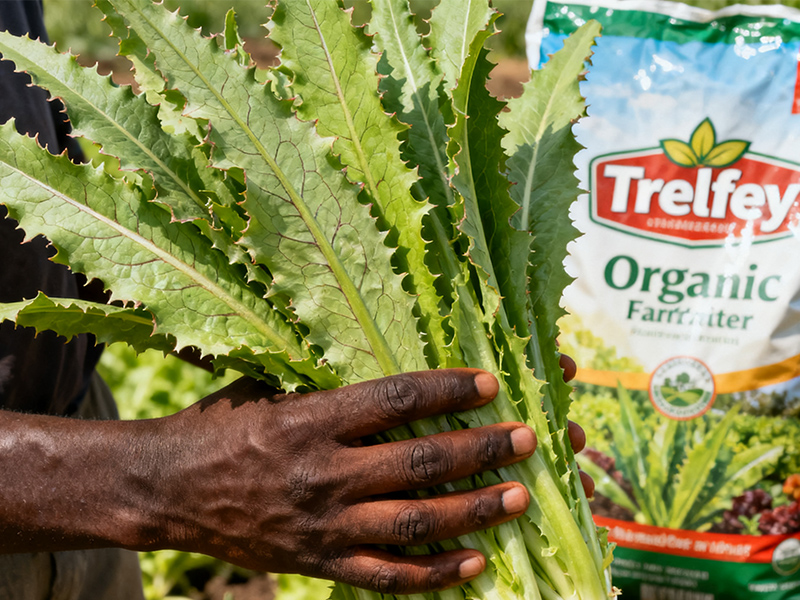
West African farm comes alive with lush, vibrant lettuce—all thanks to Trelfey fertilizer! 🥬 It fuels robust growth, dense leaves, and healthy roots.
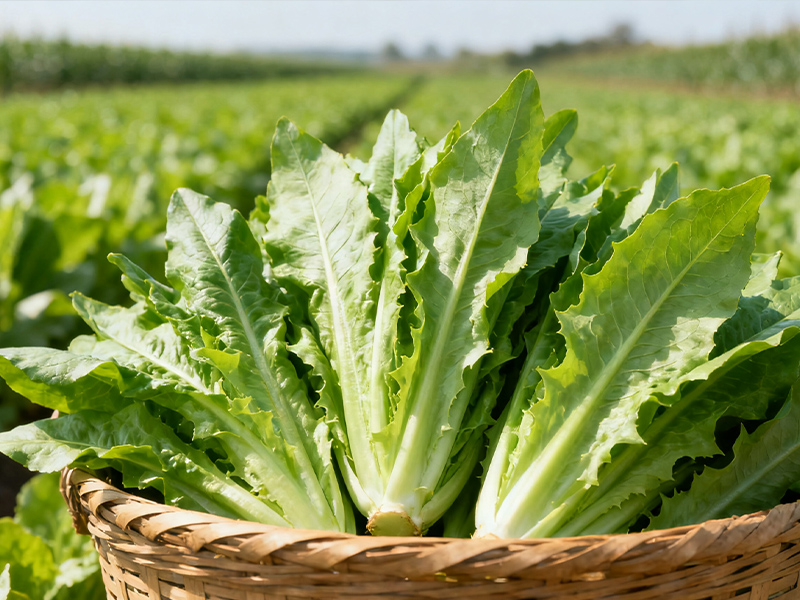
Trefi’s nutritious formula is the secret behind this plump, crunchy bounty. From seedlings cultivated in fertile soil to rich harvests, our fertilizers power every stage of growth.
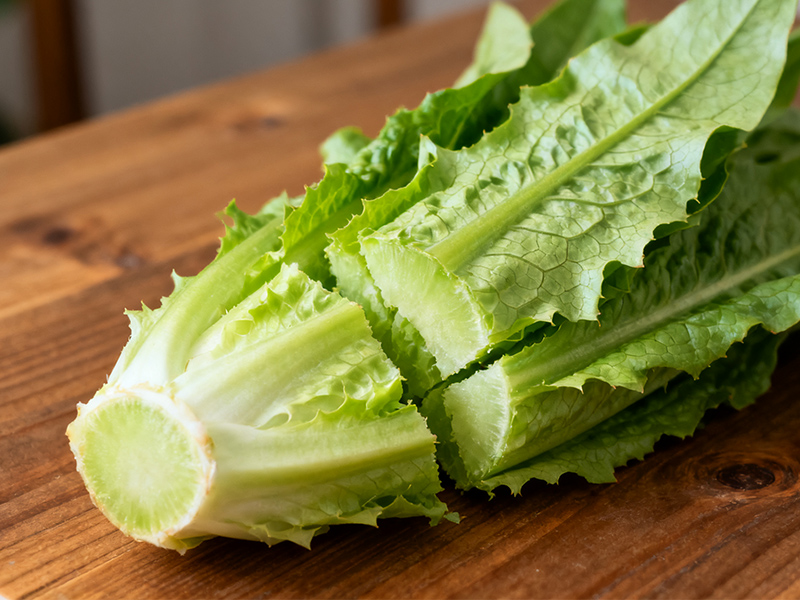
This juicy, bright-green lettuce on the table owes its tender texture to Trelfey fertilizer. We nourish lettuce from root to leaf, ensuring every harvest is flavorful and fresh. It’s not just planting—it’s growing with care. 🌱
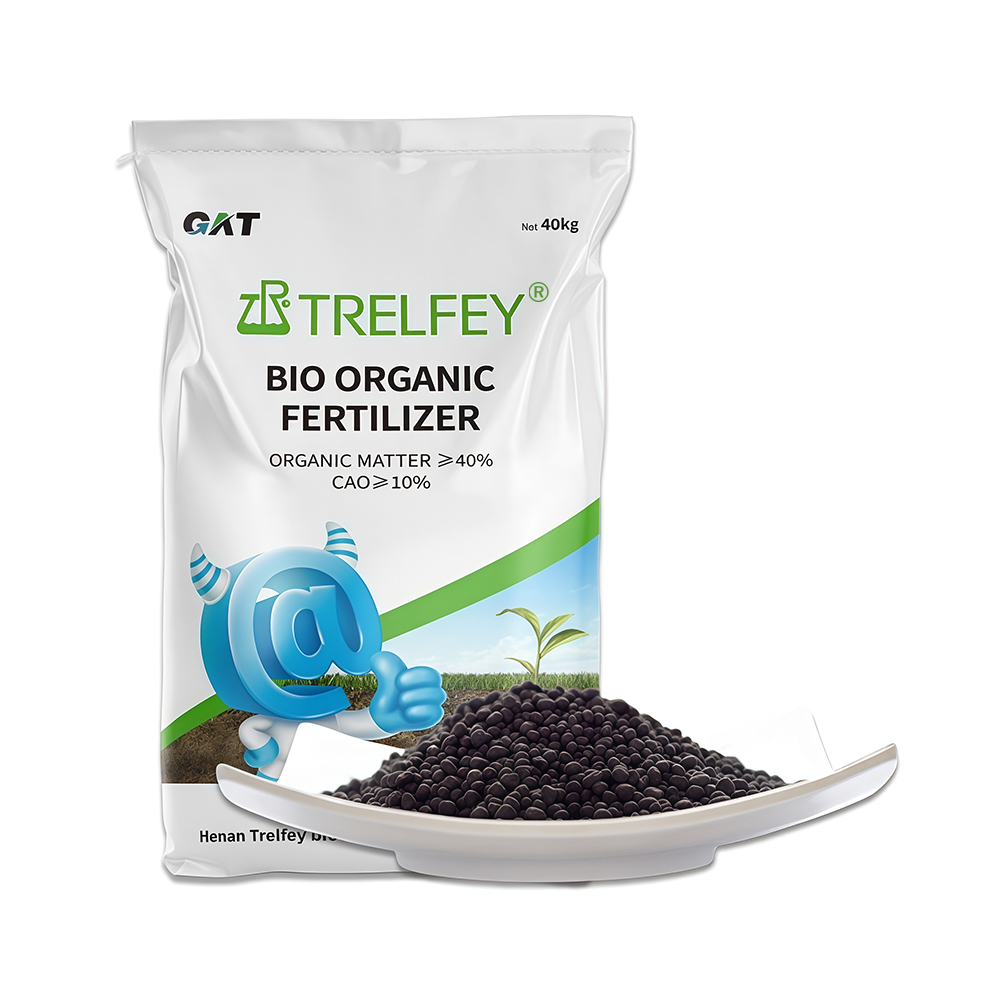
Bio-organic fertilizer
Organic matter ≥40%, CaO≥10%
The number of beneficial live bacteria ≥0.20 billion/g
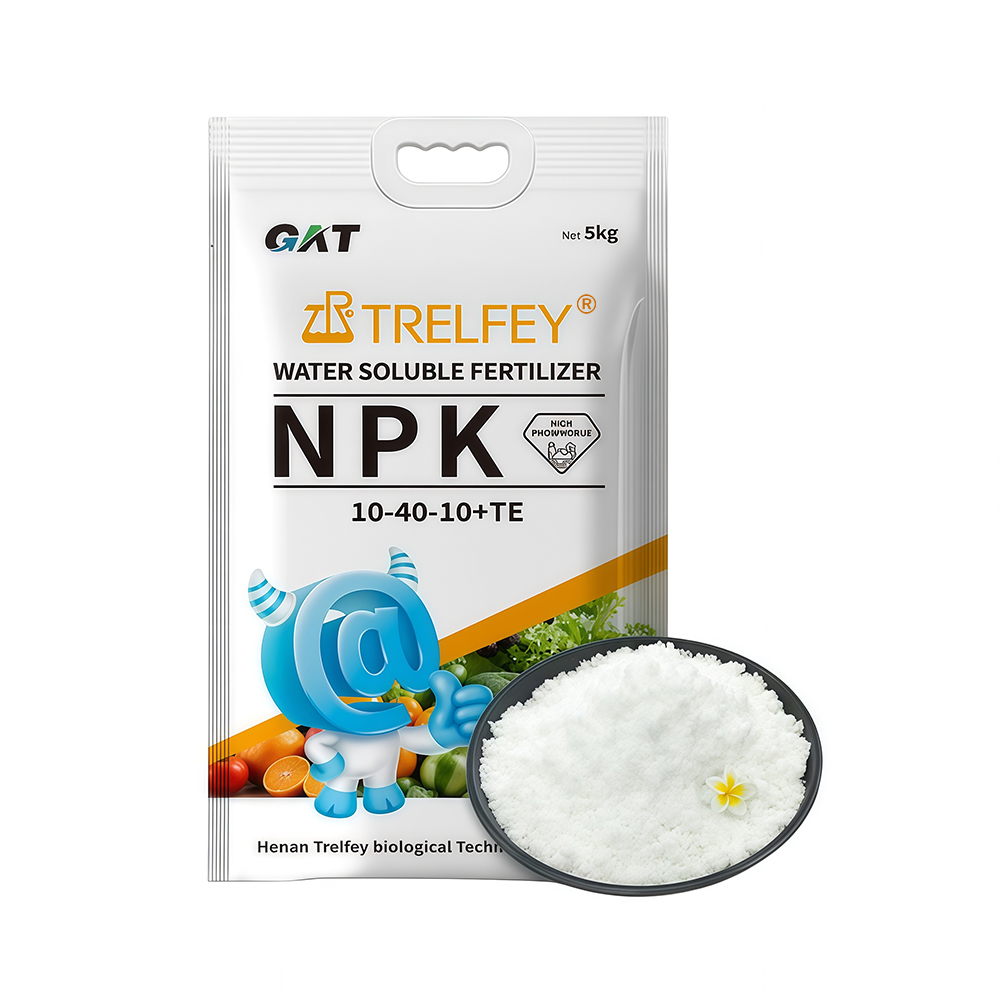
Water soluble fertilizer
Protect the roots and nourish the roots, protect the buds and protect the flowers
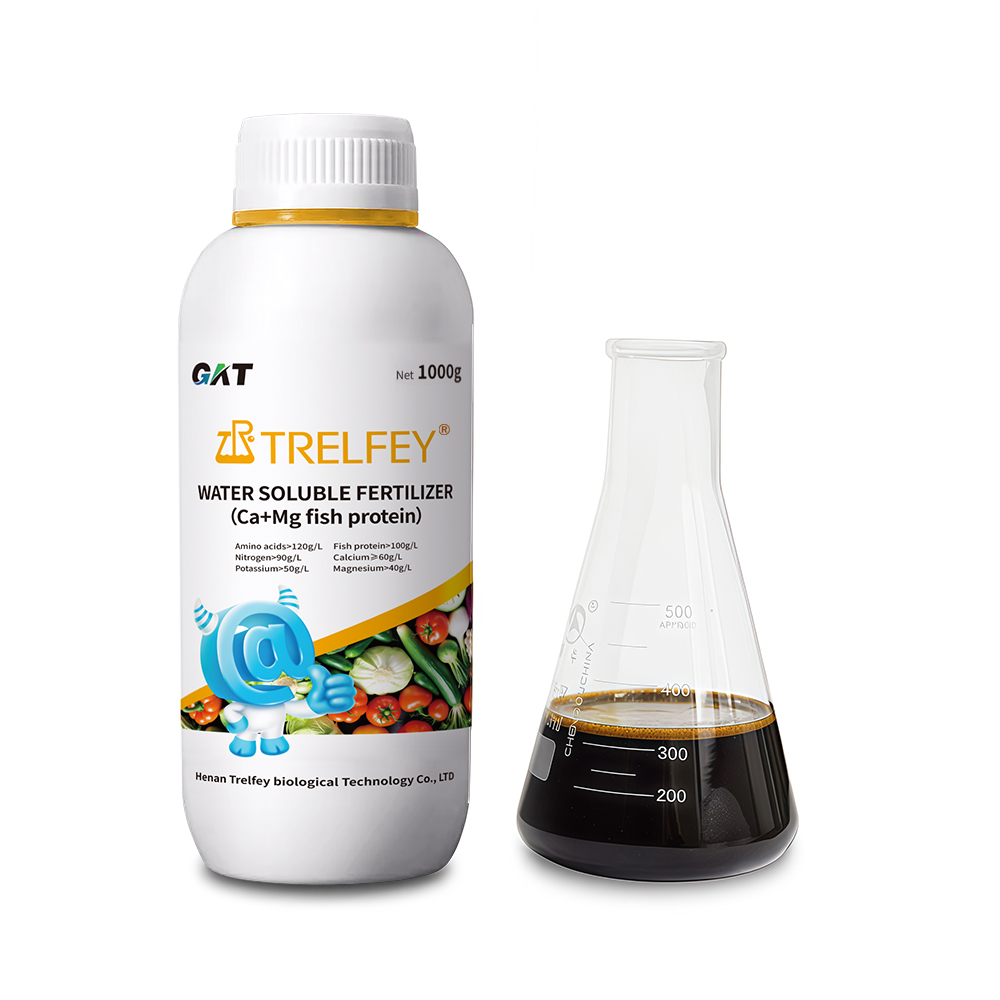
Calcium-magnesium Liquid
Ca+Mg>100g/L Fish protein ≥100g/L Amino acids>120g/L Nitrogen>90g/L,Potassium>50g/L
